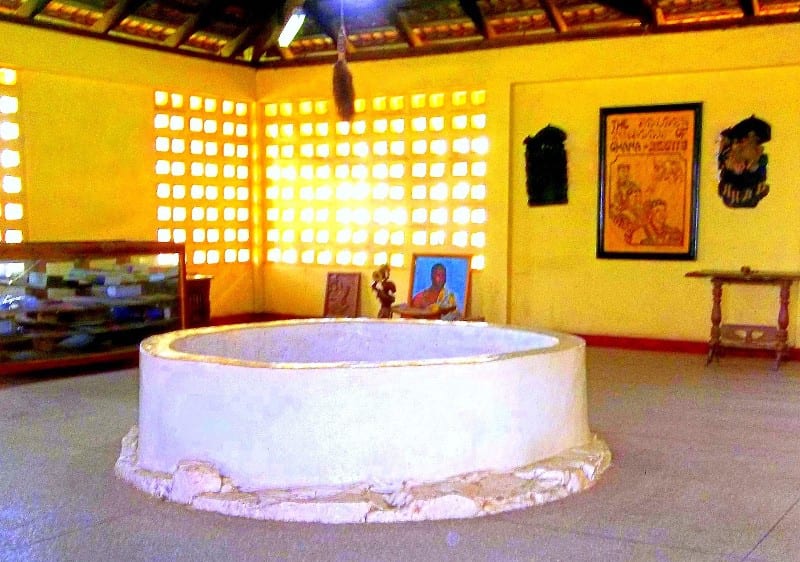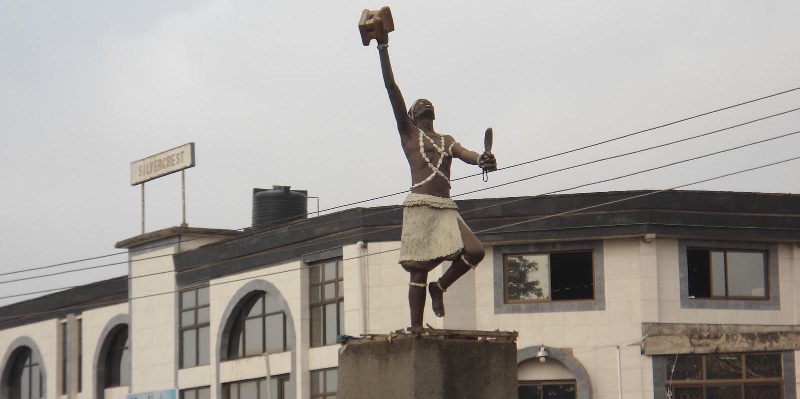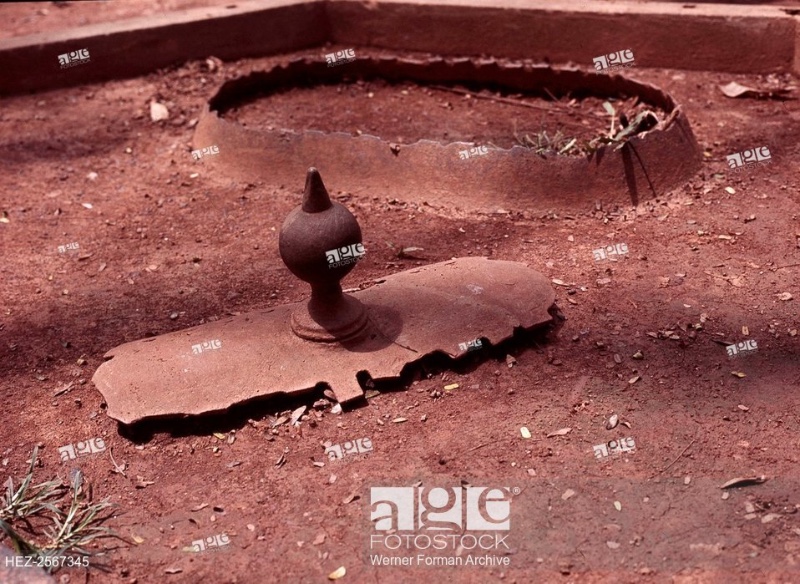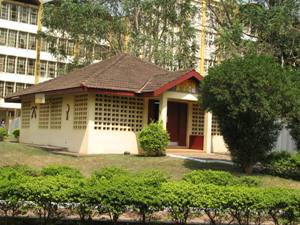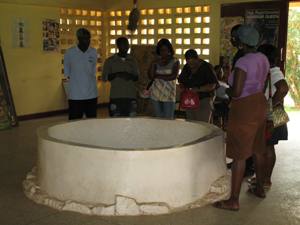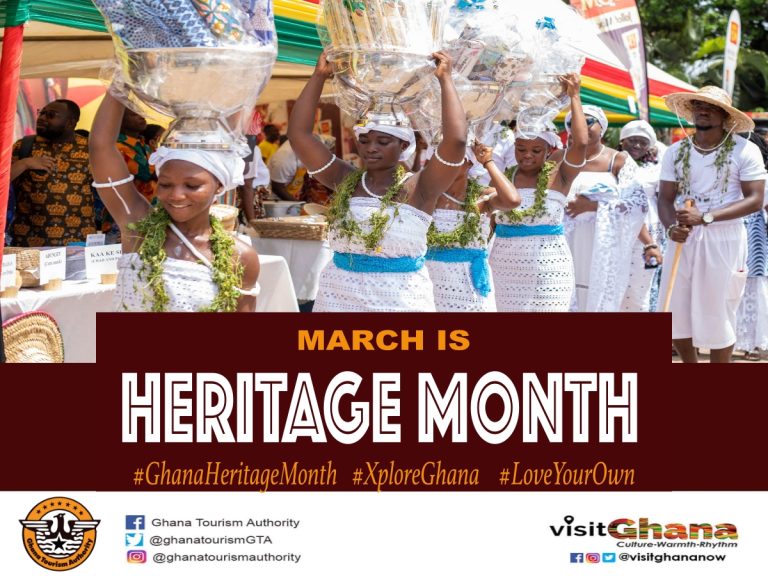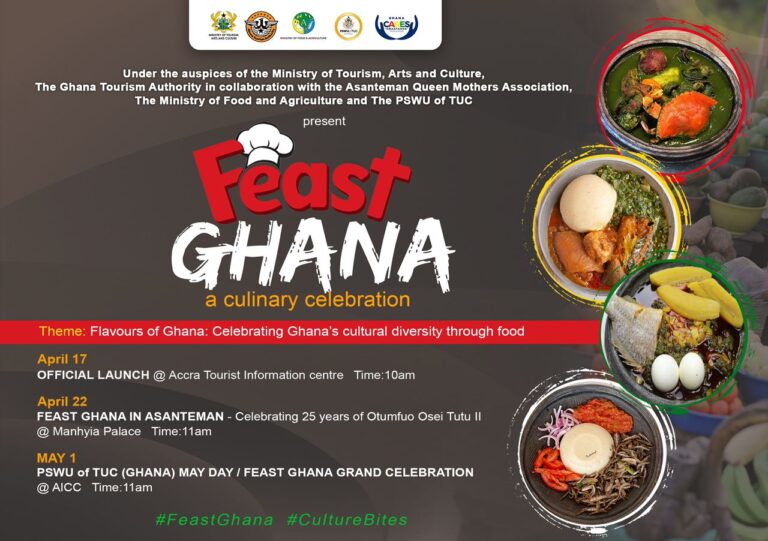About
Situated on the grounds of the Komfo Anokye Teaching Hospital, Kumasi, is the Komfo Anokye Sword Site which is seminal in Asante history. An over 300 year old sword wedged in the rockface is one of the centre artefacts and legends of the rich history of the Asante nation. The history of the Asante people is eloquently told by the young curator. On a good day you may run into the Asante king who regularly comes to pay his respects at this important and sacred site.
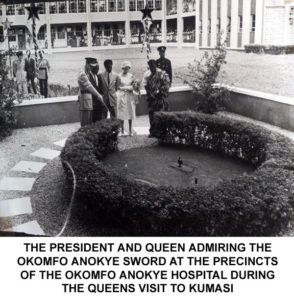
A tour of the site offers one great insight about the beginning of the Ashanti Kingdom. The landmark has been protected for future generations. This site is a historical landmark where the Legendary Okomfo Anokye Sword is cited.

The Sword site is the exact place where the Golden Stool of Asanteman descended unto the laps of King Osei Tutu I, “Opemsuo” the founder of Asante Nation. The site was predicted by Okomfo Anokye to be a healing place for millions of people.
Lo and behold, the site happens to be the exact place where the Komfo Anokye Teaching Hospital is situated.
One fascinating story about the Sword is that, since it was planted in 1695, countless number of attempts had been made to remove it from the ground but to no avail.
The ‘immovable’ Sword driven into the ground by Okomfo Anokye remains and is the venue of the Okomfo Anokye Teaching Hospital. History has it that the sword was pushed into the ground, almost 300 years ago. It is believed the Okomfo pronounced that no one would be able to remove the sword, and so it has remained in spite of attempts. The Ashanti state, it is believed, would collapse should the sword ever be pulled out of the ground.
Okomfo Anokye
Okomfo Anokye (also known as Kwame Agyei, Kotowbere, or Tsala) was a traditional priest in the Asante Empire. He is known for his participation in the expansion of the Ashanti Empire.
There are multiple accounts regarding Okomfo Anokye’s origins.
According to Akuapem tradition, he was son of Ano and Manubea, both from Awukugua in the Nifa Division of the Okere state. His name would originate from an incident :
This claim was apparently latter confirmed by Otumfuo Nana Osei Tutu II during his visit at Awukugua in 2014.
According to Asante traditions, he was the grandson of a man called Amoa Gyata from Bona-Bom, Adanse. There are also claims that he was the son of Kyei Birie and Dwirawira Kwa, who was an Asenie woman from Adanse-Akrokyere.
According to Anlo-Ewe traditions, Okomfo Anokye was from Notsie. His original name was Tsala, and he was the twin brother of Tsali. His name would thus originate from an Asante corruption of “Notsie” i.e “Okomfo of Notsie”.
The Ewe mythology that Okomfo Anokye was from Notsie and Asantes called him Okomfo Anokye signifying “Okomfo a ofiri Notsie” (i.e.: Okomfo who comes from Notsie) cannot be reconciled with Asante or indeed Akan naming conventions.
Asante/Akan naming conventions that signify a person’s origins do not affix an “A” to the beginning of the origin. Rather, Asante/Akan convention from time immemorial appends “ni”, “ba”, “ni ba” or “dehyee” to the end of the origin. Thus among Akans, a person from Notsie will be called “Notsie-ni “ (from Notsie), “Notsie-ba” (Offspring of Notsie), “Notsie-ni ba” (offspring of a child of Notsie), or “Notsie dehyee” (a royal of Notsie) but never “A Notsie”.
Nobody from Nsuta, say, will be called “A-Nsuta” among Akans. Rather, a person from Nsuta may be called Nsuta-ni, Nsuta-ba, Nsuta-ni ba, or Nsuta-dehyee to signify the person’s Nsuta origins.
The alternative naming convention among Akans is to mention the ethnic origins of a person. Thus, if Okomfo Anokye was from Notsie, the Asantes/Akans could call him Okomfo Anwona or Okomfo Ayigbe but never Okomfo Anokye since the Akans call Ewes Anwona or Ayigbe but never Anokye.
According to Nzema traditions, he was from Benyin
Source: Wikipedia
Read more on miracles of Okomfo Anokye
Video
Getting there
The Komfo Anokye Sword Site (Museum) is located at the Komfo Anokye Teaching Hospital Premises in Kumasi. Transportation to and from there is pretty easy. Public transport is available to the Museum.
Nearby Attractions
- Manhyia Palace Museum
- Prembeh Jubilee Museum
- Kumasi Zoo
- Rattray Park
- Kumasi City Mall
- Lake Bosomtwi


 Call Center
Call Center
